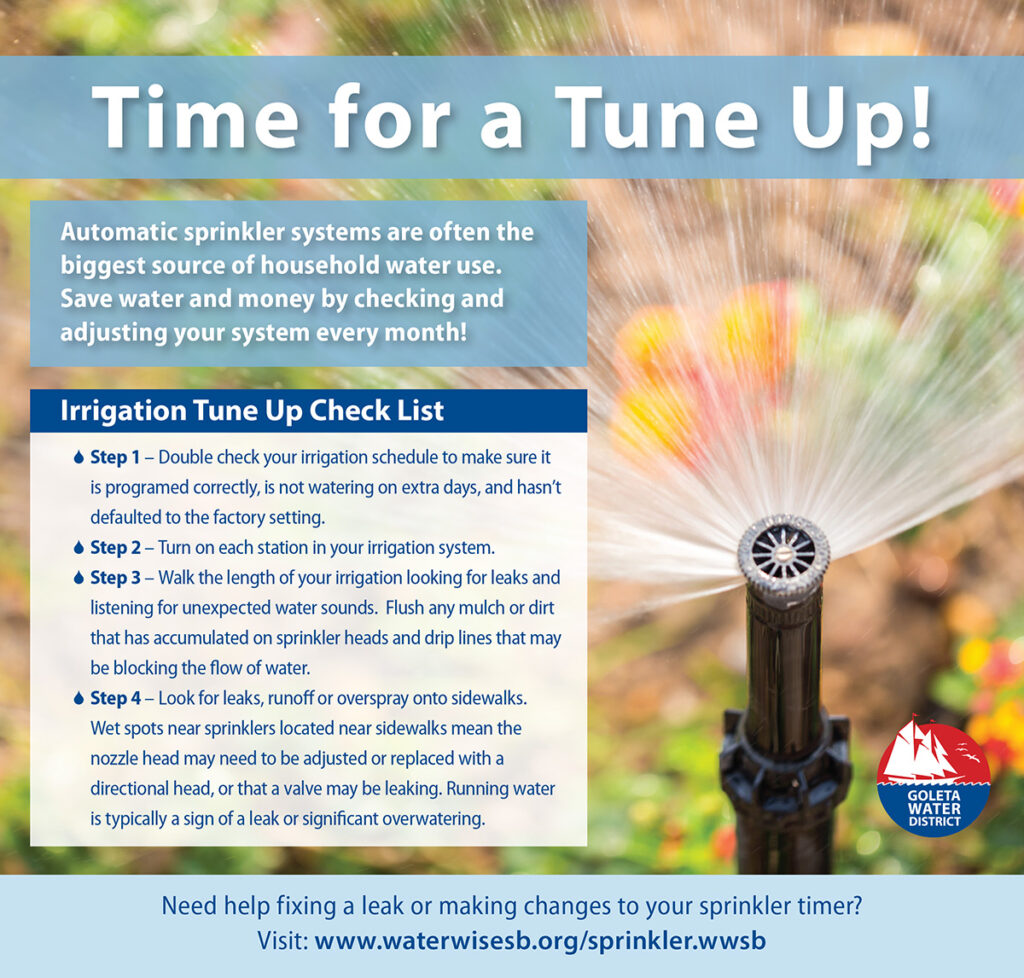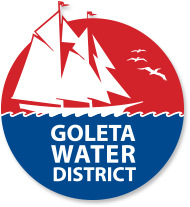
For customers interested in switching out high water use plants for water wise landscaping, the fall and winter months are the best time of the year to plant. Cooler temperatures, and the onset of the rainy season (which typically runs from November through April) promote plant health and aid in successfully establishing new landscaping. Take advantage of winter rains to establish plants over the fall and winter and help them survive the hot dry summer weather with less stress, while using less water. Save water, money, and time as many water wise drought tolerant plants also require lower maintenance.
To get started, check out this handy checklist, with links to the District’s Water Wise Landscaping for the Goleta Valley Brochure and other tips:

Worried water wise landscaping isn’t for you? Explore examples of a wide variety of beautiful water wise gardens, featuring different styles that can fit any landscape and architecture. Find water wise plants, lawn alternatives, hedges, and drought tolerant trees using this virtual garden tour.
Water Wise Planting Tips:
- Plant in fall to give plants the best start and to take advantage of cooler temperatures and winter rains.
- Mulch plants to prevent evaporation, hold moisture, and protect plants from temperature changes.
- Different plants have different irrigation needs so research before you plant. Group plants needing similar amounts of water in zones so your irrigation system can be adjusted to meet the needs of each group of plantings.
- Consider installing a water efficient irrigation system as part of your garden design. This is easier than adding a system later.
- If you plan to use your existing irrigation system, make sure to adjust your sprinkler settings and emitters to match the water needs of your new plantings. Check for leaks and overspray, and consider switching out sprinkler heads for more efficient models. You can even convert sprinklers to a drip system.
- Periodically double check your sprinkler timer to make sure it is set correctly, and check for leaks. An incorrectly set timer is a common source of water waste, and is an easy adjustment to make that improves water efficiency and plant health without sacrificing the appearance of your landscape.

Need help? The District offers free virtual conservation check ups, and Waterwise SB provides information to help you select a landscape professional trained and certified in efficient landscape management. www.waterwisesb.org/2114/Landscape-Professionals
